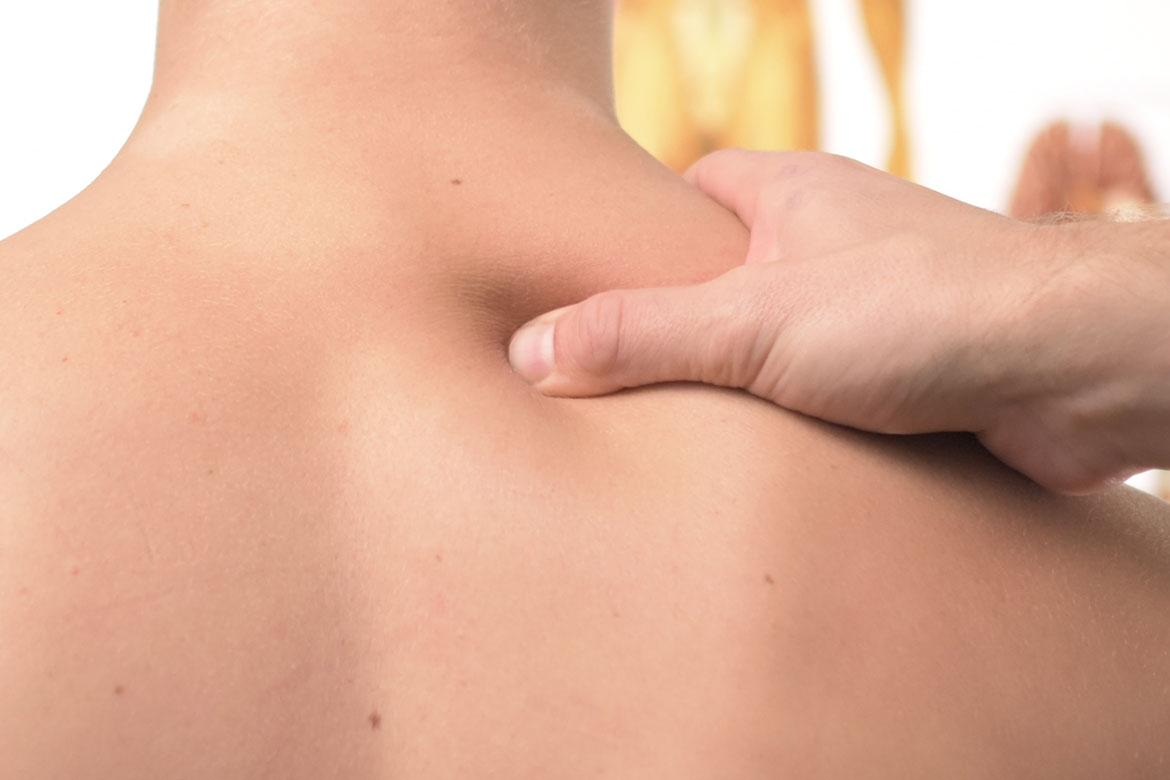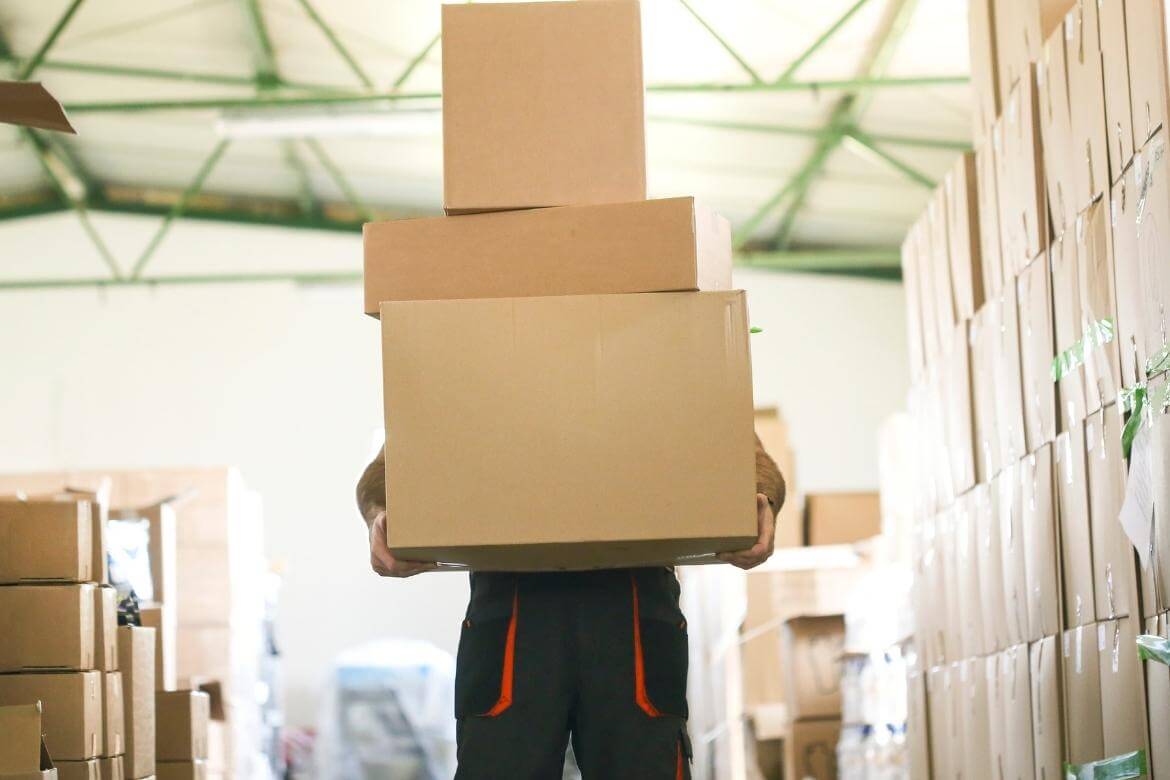7th March, 2024
13 Types Of Manual Handling Injuries And The Hazards That Cause Them
It might surprise you that manual handling is responsible for over 30% of workplace injuries. For something so simple, why so many accidents? Well, it's likely to be because we don't expect anything to go wrong - we lift things all the time.

Manual handling is simply a person (or people) moving something. You could be:
- picking something up
- putting it down
- pushing
- pulling
- carrying
If you use your physical effort to move it, you are manual handling. We all carry out manual handling, in one form or another, every day.
For something so simple, it might surprise you to know that manual handling is responsible for over 30% of injuries at work.
Manual handling causes over a third of all workplace injuries. These include work-related musculoskeletal disorders (MSDs) such as pain and injuries to arms, legs and joints, and repetitive strain injuries of various sorts.
Why so many injuries? Well, it's likely to be because we don't expect anything to go wrong. We lift things all the time. We carry things often. It's normal. It's boring.
But things do go wrong, and when they do, the consequences can be serious. And in some cases, life-changing.
So let's look at 13 types of manual handling injuries, and the hazards to watch out for.
- Back injuries
- Neck injuries
- Shoulder injuries
- Limb & joint pain
- Strains and sprains
- Musculoskeletal disorders
- Hand injuries
- Crushing injuries
- Cuts
- Burns
- Slips, trips and falls
- Hernias
- Foot injuries
1. Back injuries
When it comes to manual handling, your back is the weakest part of your body. Especially if you don't have good lifting technique. Or if what you are lifting is simply too heavy for your body to handle.
It's not just during lifting you need to watch your back. At any time you are carrying a load, poor posture can damage your back. Stooping or twisting can make your back more vulnerable to injury.
Hazards include:
- lifting heavy loads
- poor posture
Common back injuries include injuries to the spine and slipped discs.
If the load is too heavy, or how you have to carry it risks harming your back, then you need to reduce the risk to avoid injury. This could be done by splitting the load into smaller loads, getting help, or using mechanical aids.

2. Neck injuries
Damage to your neck is also a risk if you lift loads that are too heavy or use a poor lifting technique that puts extra strain on the muscles and tendons in your neck.
Repetitive manual handling tasks might also cause neck injuries over time if not done safely, resulting in soreness and stiffness.
Neck injuries are painful, and restrict your ability to move or turn your head.
3. Shoulder injuries
If loads are too heavy for your arms, your shoulder joints might take the strain. You could pull or tear muscles and ligaments, and if that's all too much, the joint could dislocate.
Hazards include:
- heavy loads
- large loads
- excessive lifting
- excessive pulling

Injuries to the shoulder can also be caused by trying to push or pull a load by jerking it (because it's too heavy to move smoothly). You should never do this - it will cause injury! If you can't move a load easily, reduce the load or use mechanical aids instead.
4. Limb & joint pain
Your arms and legs make a lot of effort during manual handling. Poor manual handling can tire out those muscles and result in joint problems.
Safe manual handling technique will lift from the legs - bending your knees to protect your back.
But that doesn't mean your legs can't get injured. You still need to assess the load, the individual, the task and the environment (think LITE), and lift within your means.
Your arms are usually responsible for transferring the weight from the load to your body. Hold the load away from you, and you'll make that job much harder and put more strain on the muscles and joints in your arms.
5. Strains and sprains
Ever picked something up and regretted it after? Because it was much heavier or harder to grip than you realised? Or because over time, it became too much to handle? You're not the only one! But overstretching your muscles beyond their capacity can lead to inflammation, bruising and pain.
Hazards include:
- difficult to reach loads
- unbalanced or unstable loads
- slippery or hard-to-grasp loads
- poor posture
Muscular strains and sprains can happen during manual handling, often in the back, arms or wrists.

Before you lift or carry a load, make sure it is stable, and that you can reach it and grasp it safely. Adding handles, lifting points and wearing safety gloves can help.
6. Musculoskeletal disorders
Musculoskeletal disorders cover a range of issues and pain, in the upper limbs e.g. shoulders, neck, arms, wrists (upper limb disorders), the lower limbs e.g. hips, legs and toes (lower limb disorders), and back.
The term musculoskeletal disorders (MSDs) covers any injury, damage or disorder of the joints or other tissues in the upper/lower limbs or the back.
While we have already covered back injuries as a section on its own, musculoskeletal disorders can involve a range of symptoms that usually develop over time.
Hazards include:
- Repetitive lifting
- Incorrect handling
- Excessive demands
Nearly half a million UK workers are suffering from work-related musculoskeletal disorders, according to HSE statistics.
It can be caused by repetitive lifting leading to damage, pain or stiffness in the joints or other tissues.
Musculoskeletal disorders (MSDs) are conditions that affect the nerves, tendons, muscles and supporting structures, such as the discs in your back. They result from one or more of these tissues having to work harder than they’re designed to.
7. Hand injuries
Lifting, carrying, pushing, pulling. Whichever type of manual handling activity you carry out, you usually grip with your hands.
Because you use your hands to touch or grasp the load, your hands are often the most exposed part of your body to the load if it is hazardous.

Hazards include:
- Hot loads
- Sharp edges
- Hazardous substances
If the load is hot, it could burn or scald your skin. If the load has sharp edges it could cut you. Your hands may be at the front or side of the load, where you might not be able to see them, which puts them at the greatest risk of crushing injuries.
8. Crushing injuries
Hand injuries don't always come from direct contact with the load, but also from where you are placing it. If the load is heavy, it could bruise you or even break a bone if you don't get your fingers out of the way when you put it down.
Hazards include:
Manual handling can often create pinch points because you are moving a load. Your fingers could also get trapped between the load and other nearby obstacles like containers or walls.
This is especially a concern during team lifts when other people are also moving the load.

9. Cuts
We touched on this in hand injuries, but cuts are a risk to other parts of your body too. If there are sharp edges on the item you are carrying or moving, or if you drop it and it shatters, you could get a cut or even a deep laceration.
Hazards include:
- Sharp edges
- Breakages
To protect yourself, cover any exposed sharp edges, wear appropriate PPE, like protective gloves and clothing, and make sure the load is stable and secure when handling.
10. Burns
You could also get burn injuries if the item you are handling is hot, or contains a hot or hazardous substance. Even if it's not hot, for example handling wet cement can cause skin burns and irritation.
Hazards include:
- Hot loads
- Hazardous substances
Don't hold anything hot or hazardous against your skin. Make sure you have taken suitable precautions, e.g. let a hot item cool down first, wear insulating gloves, or place a hazardous item within a safe container.
11. Slip, trip and fall injuries
Slips, trips and falls can happen at any time, whether you are manual handling or not. And, they usually have their own causes. A spillage. A trailing cable. An uneven floor.
But slips and trips are not manual handling specific, so why are they on this list? Because manual handling can increase the risk of slips trips and falls, and the resulting injuries.
Often, when you are carrying a load, some of your visibility is blocked. Especially at ground level. You might not see that cable on the floor, or that spillage, or notice your shoelace has come undone.

You're less likely to spot a slip or trip hazard before it's too late to avoid it!
Always assess the environment as part of your manual handling assessment, as the surrounding workplace can add additional hazards to your task.
The consequences of a slip or trip when you are manual handling are higher. You don't have a free hand to hold a handrail or put out to break your fall. And whatever you are carrying will fall too!
12. Hernias
A hernia occurs when an internal part of the body pushes through a weakness in the muscle or surrounding tissue wall.
Repeated strain on the tummy can be the cause of a hernia, and most hernias will not get better without surgery. Overstraining by lifting loads heavier than you can handle can result in a hernia, and you are at higher risk as you get older.
Manual handling activities should always be assessed, considering the load and the individual (think LITE), to make sure it is safe and lifting aids provided as necessary.
Despite the weight of the bench, no equipment was provided to enable the 49-year-old man and his colleague to lift it safely. Lifting the bench to chest height, the man felt a distinct ‘pop’ in his stomach and found his belly button was protruding oddly.
13. Foot injuries
You might not lift with your feet, but foot injuries still make it into our list of manual handling injuries. How so?
When manual handling causes a fracture, it's usually to the foot. Because if are carrying a load, and you drop it, guess where it might land. On your foot (or feet)!

This is an even bigger risk if you are not wearing protective footwear.
Lifting heavy loads, dropping loads from height (rather than carefully lowering them) and not getting a good grip can all lead to crushing, bruising or broken bones in the feet.
Raise awareness with our free manual handling toolbox talk, and make sure your manual handling activities are assessed with the manual handling risk assessment template.
This article was written by Emma at HASpod. Emma has over 10 years experience in health and safety and BSc (Hons) Construction Management. She is NEBOSH qualified and Tech IOSH.
Can you handle this?
Take our manual handling elearning course and get your certificate today.
Course InfoRecent posts like this...

Manual Handling? Think LITE!
Manual handling is the leading cause of musculoskeletal disorders at work. To avoid pulled muscles and painful joints, it's important to know how much you can safely lift, and use good handling techniques. In this blog post, we learn how to think LITE.
Read Post
13 Types Of Manual Handling Injuries And The Hazards That Cause Them
It might surprise you that manual handling is responsible for over 30% of workplace injuries. For something so simple, why so many accidents? Well, it's likely to be because we don't expect anything to go wrong - we lift things all the time.
Read Post
The Importance Of Safe Manual Handling Techniques
Manual handling might not seem high risk, but it is actually one of the most common causes of workplace injuries. The importance of safe manual handling techniques can therefore mean the difference between a productive day at work or being off work with a bad back!
Read Post